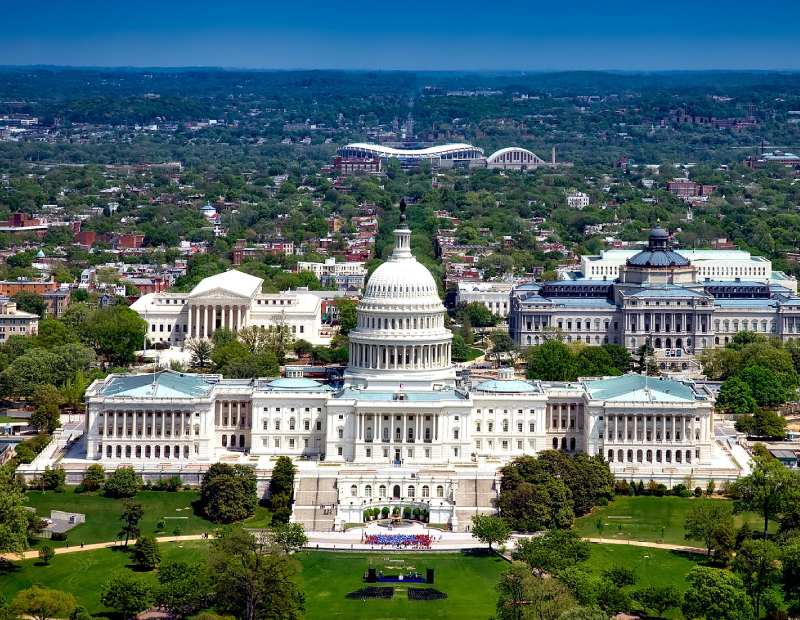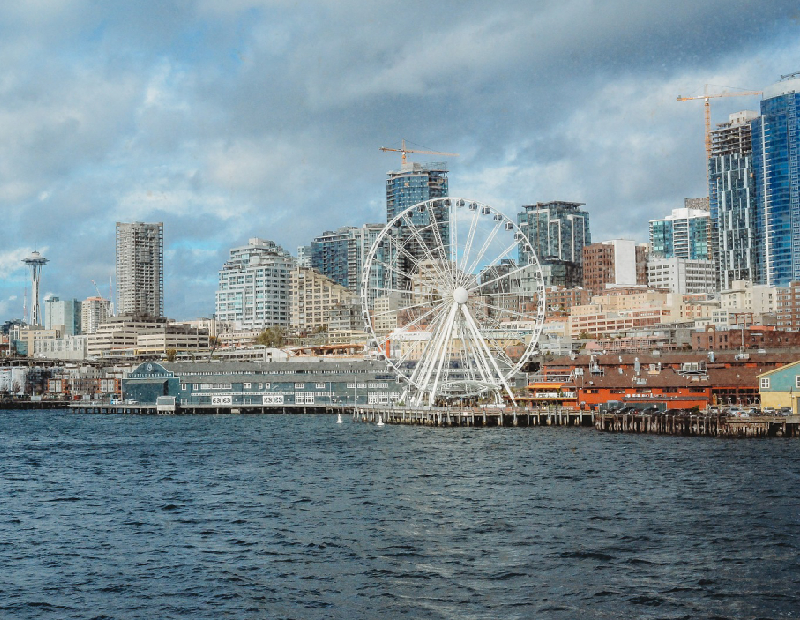Top 5 Markets for Office Transactions in 2019
The markets on this list accounted for more than 40 percent of the country’s sales volume for office assets last year.
The sales volume for office deals continued to go up, rising 3.9 percent in 2019 compared to the previous year, to $96.7 billion. In the primary office markets, investors increasingly focused on stabilized assets. As a result, the five markets on this list accounted for more than 40 percent of the country’s transaction volume for office assets, with a combined total of $40.8 billion, Yardi Matrix data shows.
5. San Francisco
Thanks to its strong economy, San Francisco remains one of the nation’s top magnets for both talent and employers. The metro’s employment market gained 47,300 jobs in the 12 months ending in November, half of them in the office-using information, financial activities and professional and business services sectors. Office-using employment totaled 558,000 jobs, 33.1 percent of the employment pool. While the rise in construction costs has heavily affected primary office markets, demand for office space in San Francisco remains incredibly high. Developers were working on 7.6 million square feet at the end of 2019, 5.0 percent of existing inventory. Despite fast-paced development activity, San Francisco had one of the lowest overall vacancy rates for primary office markets in December, at 8.2 percent, 520 basis points below the national average.
While the number of closed deals remained virtually the same over the past two years, investors focused increasingly on stabilized properties, which spiked from $2.4 billion in 2018 to $4.7 billion last year. As a result, the metro’s sales volume rose by 60 percent in 2019 compared to the previous year, reaching $6 billion. That was the highest investment tally since 2016. Last July, Beacon Capital Partners acquired the 670,000-square-foot 650 Townsend St. in the SOMA submarket for a record $602.7 million, more than double the $228 million Zynga had paid for the asset in 2012. The 2019 sale-leaseback deal was subject to a $319.1 million loan from Massachusetts Mutual Life Insurance Co.
4. Washington, D.C.
The metro made the national headlines last year when Amazon decided to open a component of its highly anticipated HQ2 in Crystal City, Va., the effect of which reverberated throughout the market. Employers added jobs at a steady pace in the 12 months ending in November—61,300 positions, or a 1.8 percent growth rate. Office-using employment grew by 25,300 positions to a total of 1 million, or 29.9 percent of the workforce, well above the national average of 21.6 percent. The metro’s unemployment rate declined by 10 basis points year-over-year through November, to 2.8 percent, 50 basis points below the national average. All of this helped keep demand for office space reasonably high, with developers working on 8.1 million square feet at the end of 2019, 2.2 percent of existing stock.
Investment activity was robust in Washington, D.C., in 2019, with 21.1 million square feet sold for a total of $7.5 billion, on par with the previous year. Boyd Watterson Asset Management expanded its D.C. portfolio by 2.8 million square feet last year for a combined total of $1 billion. Among its 2019 deals was the largest transaction closed in the metro last year—the $436 million acquisition of 5600 Fishers Lane in Rockville, Md., from JBG Smith. The sale was subject to a $65.4 million loan from KeyBank and Bank of America.
3. The Bay Area
Thanks to their highly qualified employment pool, a variety of Fortune 500 companies and high-paying jobs, the East and South Bay’s office markets expanded rapidly in 2019; they will most likely continue to do so over the coming quarters. Employers added 32,500 jobs in the 12 months ending in November, with office-using employment accounting for 42.2 percent of it. Overall, office-using jobs equated to 31.6 percent of the employment pool. Developers completed 21 projects last year, totaling 4.3 million square feet. And with 6.6 million square feet under construction at the end of 2019, equal to 3.3 percent of stock, development activity remains robust in the Bay Area.
The metro’s total sales volume, at $7.9 billion in 2019, was 23.7 percent higher compared to the previous year, as investors focused on Class A assets, which accounted for 60.5 percent of the sales volume, up from 42.3 percent in 2018. Apple paid $290 million to American Realty Advisors for the first and third phases of the Cupertino City Center campus. That’s more than double the $120 million the seller had paid for the roughly 300,000-square-foot asset in 2011.
2. Seattle
Seattle’s office market continues to expand, with tech giants such as Apple, Google and Facebook on continued sprees in 2019. The metro gained 56,500 jobs in the 12 months ending in November, 23,700 of them in office-using sectors. The unemployment rate, at 2.9 percent in November, declined by 80 basis points year-over-year to the lowest level in more than two decades. With 7 million square feet underway as of December, equal to 5.2 percent of existing stock, Seattle was one of the most active metros in terms of development activity at the end of last year.
The total transaction volume skyrocketed in Seattle in 2019, with $9.5 billion in closed deals, up 75 percent from the previous year, to the highest level over the past decade. While investors closed more deals last year than in 2018, they also focused more on stabilized properties. The sales volume for value-add opportunities, at $1.7 billion, was equal to 17.5 percent of the metro’s transaction volume last year, half the share of 2018. In separate deals, EQ Office closed the two largest office purchases in Seattle last year. The Chicago-based company paid $1.2 billion to Ivanhoe Cambridge for two assets totaling 1.9 million square feet and $540.4 million to Hines for a 934,800-square-foot building, one of the largest Pacific Northwest office transactions as of last June. All three properties are located in the metro’s CBD.
1. Manhattan
As Manhattan shifts its main economic focus from the finance sector to the tech industry, the metro is undergoing a significant neighborhood transformation. While Manhattan lost 6,400 financial activities jobs in the 12 months ending in November, it gained 77,300 jobs overall. Education and health services, and leisure and hospitality led job growth, expanding by 3.9 percent and 2.4 percent, respectively. Some 18 million square feet were under development at the end of 2019, equal to 3.8 percent of stock.
The total sales volume for office deals declined by 23 percent, to $9.9 billion, as the number of closed deals remained unchanged, but investors focused increasingly on value-add opportunities. Deals involving Class B and C assets accounted for $3.9 billion, 38.9 percent of the total transaction volume and almost double the $2.1 billion of 2018. Last September, SHVO acquired the controlling interest in The Coca-Cola Co. Building in the Plaza District submarket for $937 million from Wafra Capital Partners. Wafra, an investment arm for the Kuwaiti government, had paid $909.3 million for the 313,200-square-foot building less than a month before flipping it.









You must be logged in to post a comment.